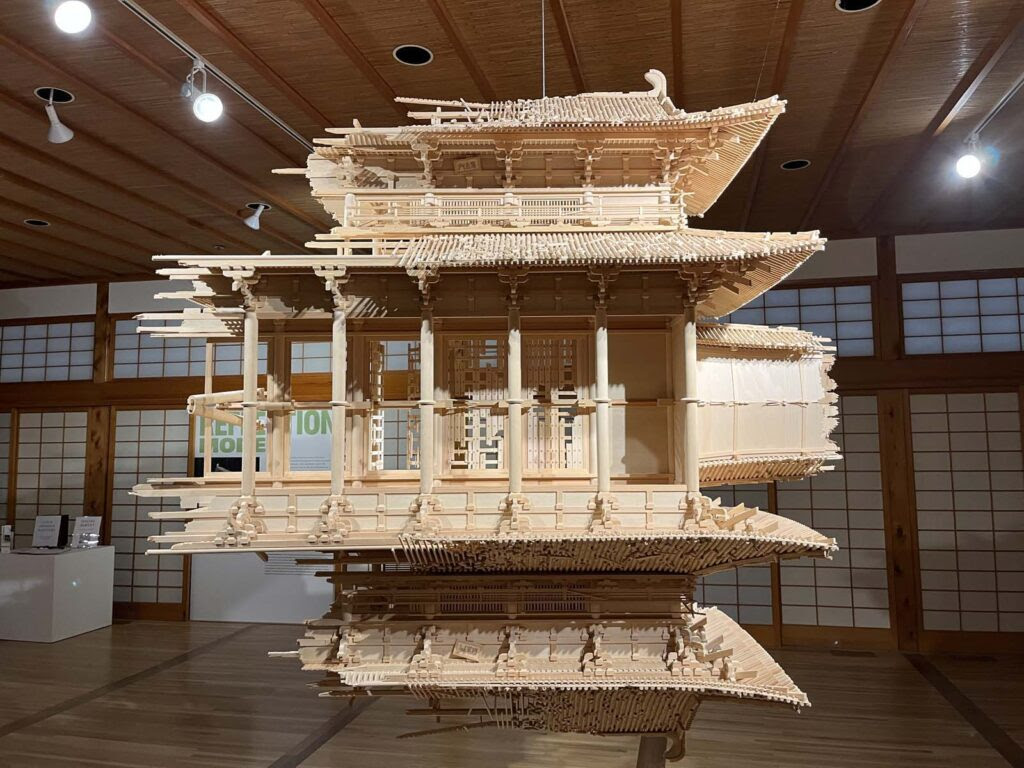We walk through a life often far more foggy than we would like. The responsibility to determine what is true requires reflection, integrity and above all a sense of justice. View the study sheet here. Watch the recording here.

There is nothing like a war to simultaneously create both clarity and opaqueness. The invasion of a country, the targeting of innocents have the power to engender a moral clarity about the consequences of aggression and the inherent right to self-defense. Yet, as anyone who has ever fought in armed conflict knows, as soon as one steps into combat one finds oneself in a cloud of uncertainty. Lack of information and the volatility of every engagement can lead to an uncertainty about capability, adversary intent, and tactical choices. This is the fog of war. It is confusion at the operational level: what steps to take to accomplish a mission.
A different type of fog has settled over our world with Hamas’ invasion of Israel. Two completely different and contradictory narratives have emerged to explain what happened on Saturday, October 7. One describes an unprovoked invasion of Israel by Hamas, which then massacred 1,400 people and kidnapped 240 people, actions for which Hamas bears one hundred per cent moral responsibility. Another imposes moral responsibility on Israel due to its treatment of Palestinians. This is confusion at a strategic and ethical level.
We encounter these conflicting narratives, sometimes violently, in our everyday lives: as we walk across campus to class; in our places of work; even as we stand in a check-out line at a supermarket. The same events described in contradictory ways. Where one starts the narrative (that day, fifteen years earlier, seventy-five years earlier, two thousand?), one’s role in it, how one might benefit from a particular outcome can affect how one bears witness in testimony of what happened.
Torah teaches us about the fog of daily life. This week’s portion climaxes with an incident on Mount Moriah. Abraham and Isaac are there. The son is bound. The father’s arm is upraised holding a knife. A ram is killed and offered as a sacrifice. Abraham returns. What happened? What was Abraham’s intent? Was Isaac even there? Midrash and novels, paintings and sculptures tell many different tales. Torah trains us to turn every event over, inside out and upside down to see as many sides as possible. But there are times when decisions must be made and sides taken.
In the Talmud volume Kiddushin rabbis review a case in which the parties make contradictory statements about what happened in the instance of a certain betrothal. Their testimony indicates that one or both of the individuals involved are lying. The rabbis issue a legal decision about the betrothal, but they do not spend much time trying to figure out whose version is true. Their primary interest is in crafting a resolution that brings greater order to a chaotic world. It is more a matter of pursuing justice than of determining what actually happened.
Takahiro Iwasaki is a Japanese artist. He was born in Hiroshima. A major body of his work consists of wood sculptures of historic Japanese architecture. These pieces are suspended in air. The bottom portions are designed so as to make the entire sculpture seem as if it is reflected in a pond. The English word reflection provides a double meaning: an image that is mirrored and an image that provokes thoughtful contemplation.
Pictured here is his work Reflection Model (Rashomon). The Rashomon gate once stood as the point of entry to Kyoto, Japan’s capital for one thousand years. It was also a focal point of Akira Kurosawa’s 1950 movie about multiple conflicting testimonies concerning a murder. The characters in the movie present their versions of events. Kurosawa leaves it to us to reach a verdict.
For his film, Kurosawa had to build the Rashomon gate, constructed in the 8thcentury and completely destroyed by the 15th century, based on historical drawings and literary descriptions. Iwasaki built his by looking at images from Kurosawa’s film. He recreated the design to scale, cutting each piece by hand.
A pure mirror image in a body of water is hard to achieve. The merest ripple of air can distort it. Iwasaki’s goal is not to find the beauty in a perfect replication between the structure and its imagined reflection, between what is above and what is below, but to contemplate new possibilities from old structures, even from one built around lies and deceits.
Rabbinic literature identifies the construction of truth as a matter of human responsibility rather than as a replication of absolute certainty. An early midrash contemplates on Psalm 85, “Mercy and truth collided, righteousness and peace clashed (Psalm 85:11).” God, the midrash paints, took truth and threw it to the ground. Why did You do this the angels asked. God responded, “Let truth spring up from the earth” (Psalm 85:12).
Yes, bring evidence from history, documentation of treaties and pacts made and broken. But bring also a sense of what justice demands is true.
Join us here at 7:00 p.m. (PT) Thursday November 2 as we explore Rashomon gate.









